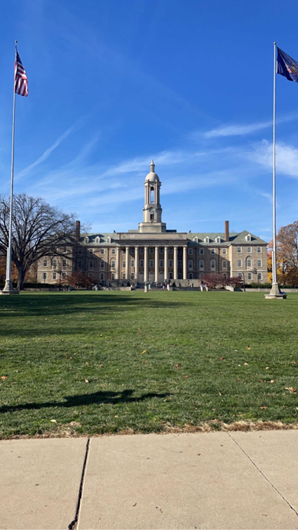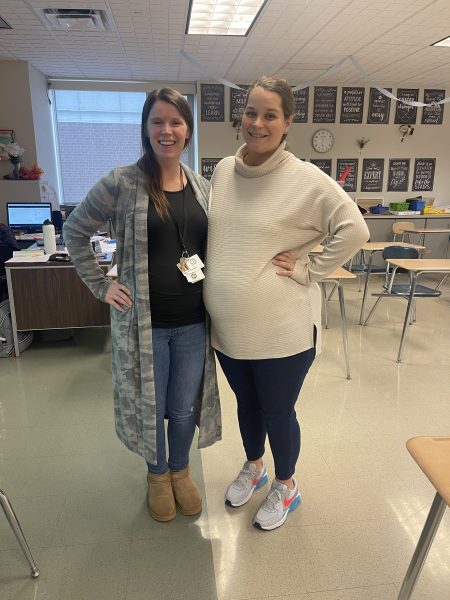Childhood Obesity
February 10, 2020
In 2018, 39.6 percent of adults and 18.5 percent of children from ages 6 to 11 were obese. Young children don’t think about the future consequences when eating their favorite meals. They rely on their parents to make the decision, but not all parents are capable of saying “no.” There are over 200,000 fast food restaurants in the U.S., and, as much as people enjoy eating there, it’s not worth the risk. Fast food restaurants target children, using bright colors to attract your eyes. They also tailor commercials to attract a younger audience. Kids watch these commercials and see their favorite characters and other children playing with toys, then when their parents take them there, the kids notice there is a play-zone. It easily becomes a kid’s favorite place to eat.
Parents sometimes make the mistake of letting their kid pick where to eat. Other times, it’s all the parent can afford. About 32 percent of families who earn less than 130 percent of the federal poverty line eat fast food daily. It’s easy for children to become obese, because they aren’t in charge of what they consume. Fast food can be addicting with its convenience and prices. Fast food chains should stop targeting younger audiences, but they will never do that. That’s how they make their money. Consumers must take action to prevent childhood obesity. There are alternatives for low income families such as choosing a cheaper store or couponing. Other parents need to start saying no. Saying no doesn’t make you the bad guy, it makes you a responsible parent. You can easily protect your children from diabetes, heart diseases and cancers that are linked to childhood obesity.









